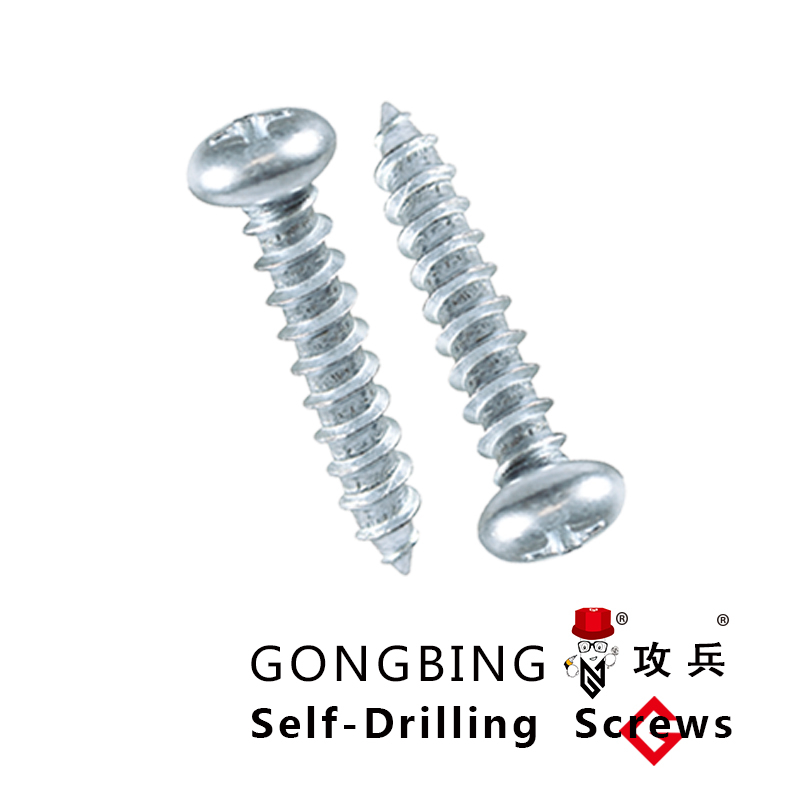High-Quality Self-Drilling Screws for Efficient and Secure Construction Projects
Understanding Self-Drilling Screws A Key Component in Modern Construction
In the world of construction and industrial applications, fasteners play a pivotal role, and among the various types, self-drilling screws have gained immense popularity for their unique features and benefits. Self-drilling screws, also known as Tek screws, are specially designed to create their own hole as they are driven into materials, making them an invaluable tool in various projects. This article delves into the characteristics, advantages, and applications of self-drilling screws, elucidating why they are often the preferred choice for contractors and builders.
What Are Self-Drilling Screws?
Self-drilling screws are screws that have a drill bit-like point, allowing them to penetrate and drill into materials such as metal, wood, and plastic without the need for a pre-drilled hole. This point, often referred to as the self-drilling tip, reduces the time and effort required for assembly, thereby streamlining the construction process. Typically made of carbon steel or stainless steel, self-drilling screws can come with various coatings to enhance corrosion resistance, making them suitable for both indoor and outdoor applications.
Key Advantages
1. Time Efficiency One of the most significant benefits of using self-drilling screws is the time savings they offer. Since they eliminate the need for pre-drilling holes, construction teams can expedite their processes. Tasks that would typically require multiple steps can often be completed in a single motion.
2. Versatility Self-drilling screws are incredibly versatile. They can be used in various materials including wood, steel, and other composites. This adaptability makes them a go-to solution for a wide range of projects, from roofing and siding to framing.
3. Reduced Labor Costs By cutting down on labor time and the need for additional tools, self-drilling screws can significantly reduce overall labor costs. Fewer workers might be needed on-site, and tasks can be completed faster, leading to cost savings.
4. Strong Joints The design of self-drilling screws allows for tight and secure fastening, leading to stronger joints. This strength is particularly crucial in applications where structural integrity is paramount, such as in building frameworks and roofs.
1 self drilling screws

5. Wide Range of Sizes Self-drilling screws come in various sizes and lengths, accommodating different thicknesses of materials. Their diverse offerings make it easy for builders to find the perfect fit for their specific projects.
Applications
Self-drilling screws are widely used in several sectors, including
- Construction They are commonly used in steel frame construction, metal siding, and roofing applications, where their ability to quickly penetrate metal significantly speeds up the building process. - HVAC In HVAC installations, self-drilling screws secure ductwork and other components, ensuring that these critical systems are installed quickly and securely.
- Automotive The automotive industry often utilizes self-drilling screws for assembling various components, where precision and speed are essential.
- Furniture Assembly In furniture and cabinetry, these screws are used for quick assembly without compromising structural integrity.
Conclusion
Self-drilling screws have revolutionized the fastener industry by combining the functionality of drilling and fastening into one efficient tool. Their time-saving nature, versatility, and ability to create strong joints make them an essential component in modern construction and industrial applications. Whether one is a seasoned builder or a DIY enthusiast, understanding the advantages and appropriate use of self-drilling screws can lead to more efficient and robust projects. As construction technology continues to evolve, these screws will undoubtedly remain a favored choice for fastening solutions, proving that innovation often lies in the simplest of tools.
-
Weatherproof Plastic Expansion Anchors for OutdoorNewsJun.06,2025
-
Sustainability in the Supply Chain: Eco-Friendly TEK Screws ProductionNewsJun.06,2025
-
Load-Bearing Capacity of External Insulation FixingsNewsJun.06,2025
-
Double Head Bolts: Enhancing Efficiency in Industrial MachineryNewsJun.06,2025
-
Corrosion Resistance in Chipboard Screws: Coatings for Wholesale DurabilityNewsJun.06,2025
-
Butterfly Toggle Bolts : Enhancing Structural ResilienceNewsJun.06,2025
